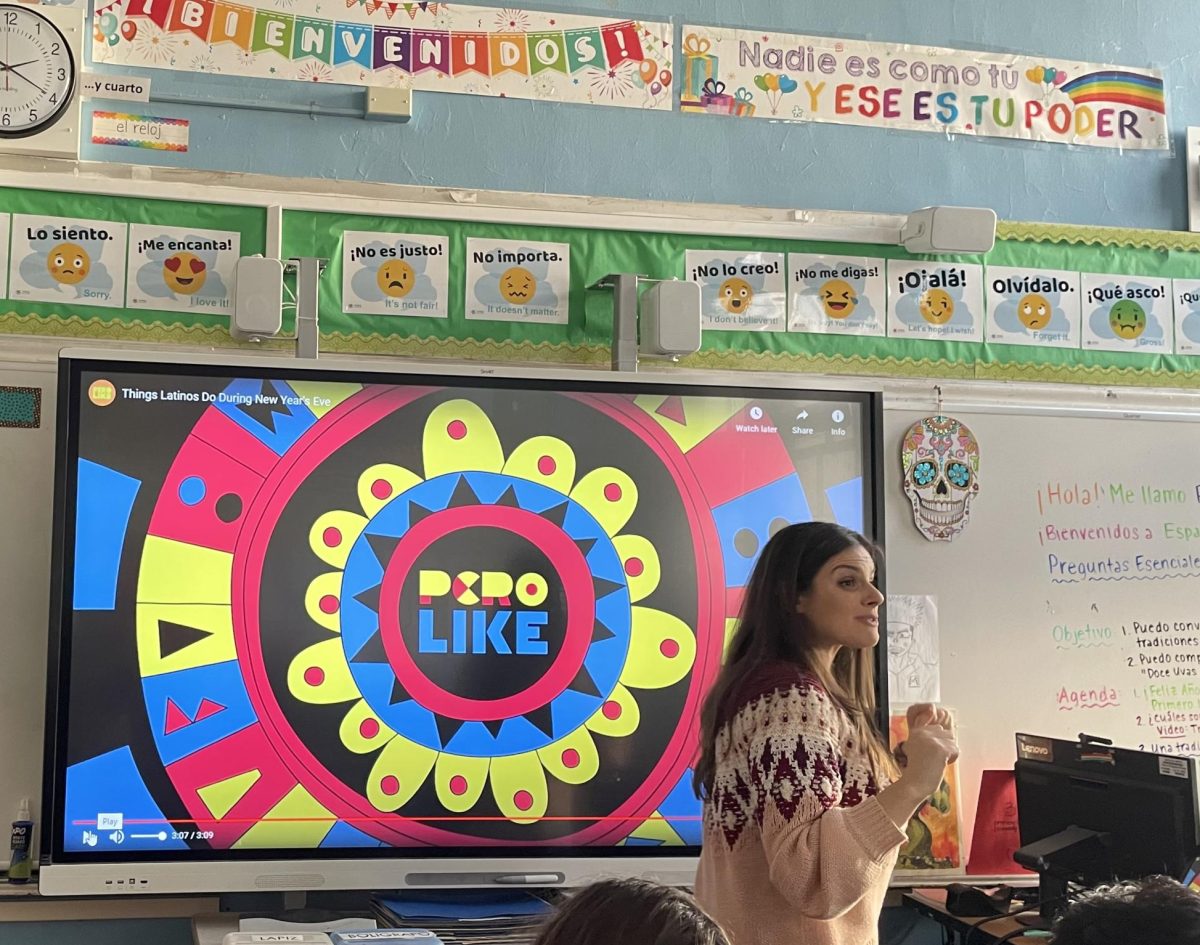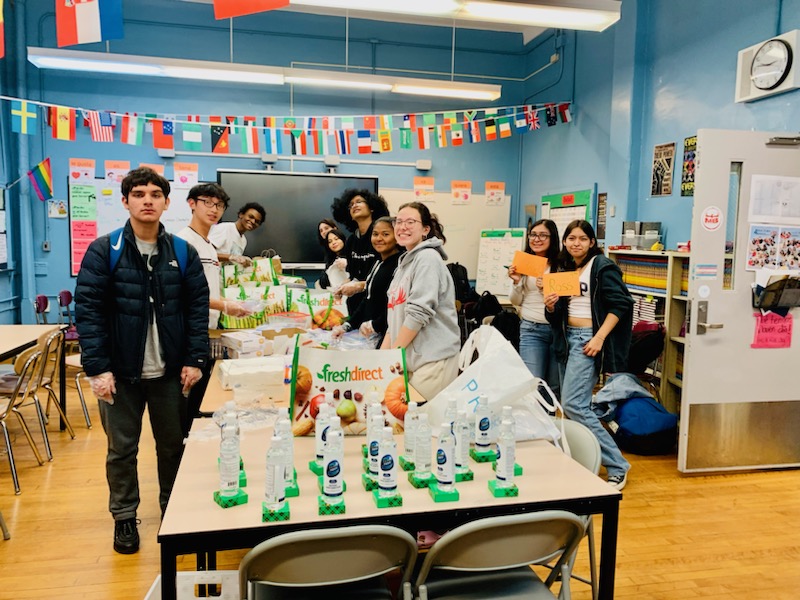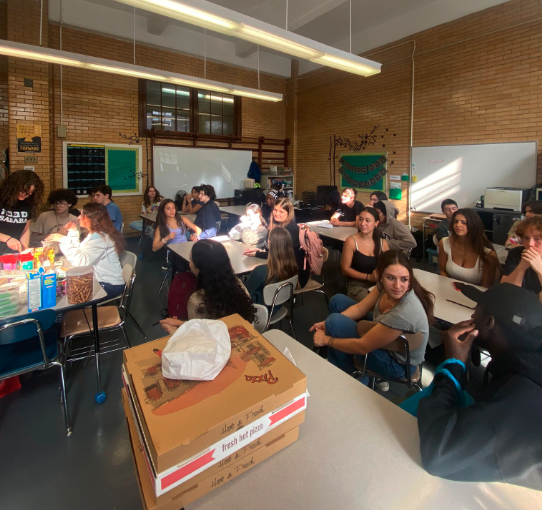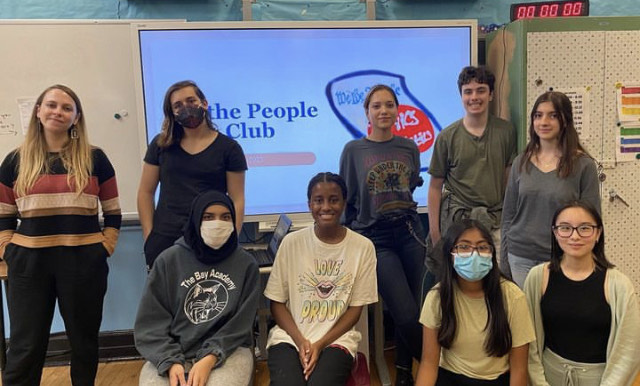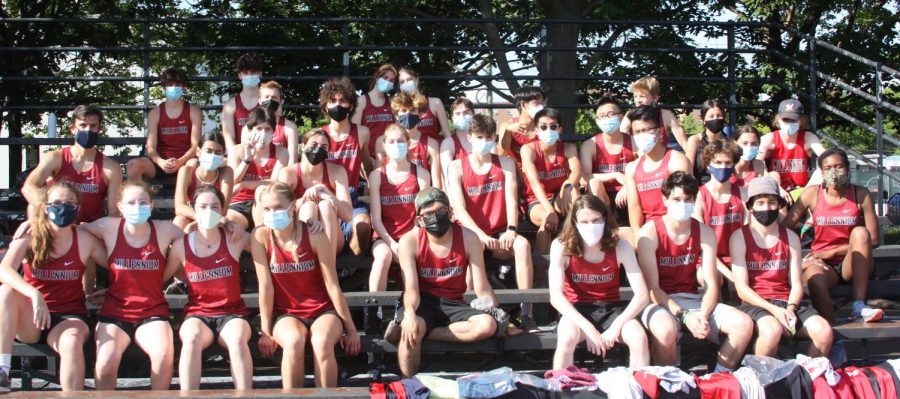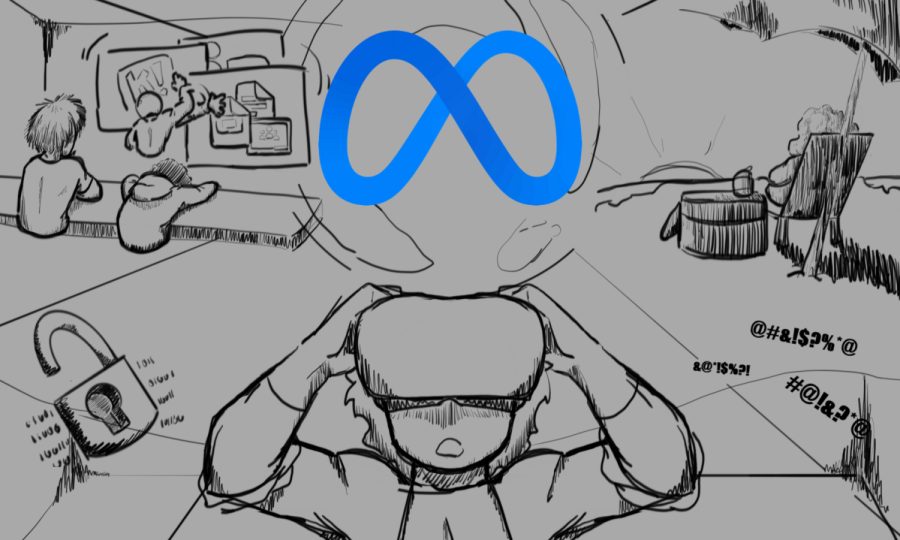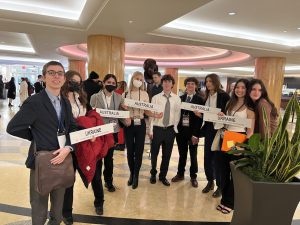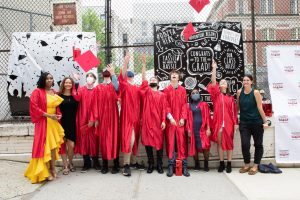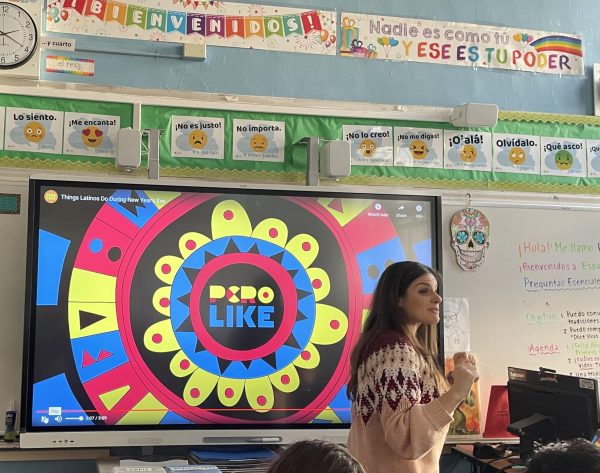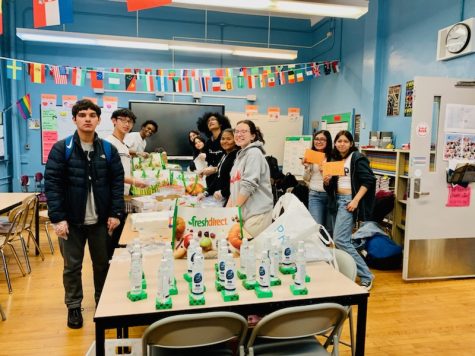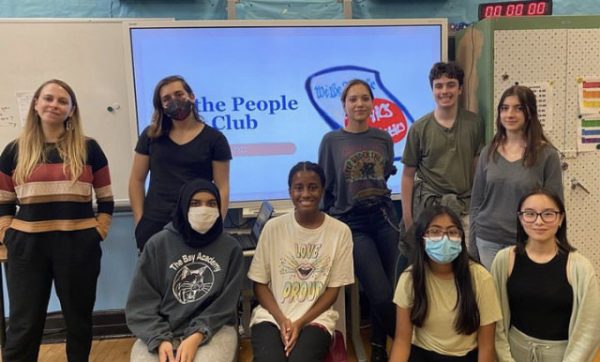Kids With ASD Being Given a Chance at MBHS
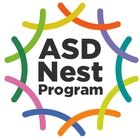
December 20, 2016
The ASD Nest program, founded by a woman named Dorothy Siegel through New York University (NYU), works to integrate kids with autism into schools with neurotypical people, while creating an environment specially designed to cater towards their learning styles and give them the support they need.
In the past, when a child was diagnosed with ASD, they had two options as described by Siegel: “a District 75 school for children with severe disabilities, where basic curriculum takes a back seat to therapeutic services; or a neighborhood school where teachers weren’t trained to understand how to teach them, and where they struggled integrating with their typically developing peers.”
That is not the case with a select group of children with ASD in New York.
Millennium Brooklyn High School (MBHS) happens to be one such school that takes part in the ASD Nest program. April Gurley, a social worker at the school, described the environment that the school creates. She said, “students receive all of their services in a core taught classroom. There’s two teachers in the room and all their supports are provided, so the classroom becomes a therapeutic environment.”
Some other examples of support include the use of smaller classes, individual support, specific classes designed to help kids prepare for later life, and teachers that are trained to understand kids with ASD. With all of these elements combined, children with ASD are given a chance to become functional and fully independent adults. As stated by Dr. Kenneth Dunn on the ASD Nest website, “if children do not learn the way we teach them, then we must teach them the way they learn.”
The program isn’t just about teaching kids the way they learn. It’s also about making kids with ASD feel comfortable and included in the activities that regular kids take part in. According to one MBHS student, whose name and grade will be kept confidential, “ever since elementary school I’ve wanted to make friends. I seemed to not understand some things everyone else did. It got to a point where during elementary school and most of middle school, I would not feel comfortable going down to the cafeteria. I would spend my time in the classroom trying to play games or make patterns out of blocks or something. But then, [with] the Nest program, at whatever point sometime around the halfway point last year, I came out of my shell and became more social.”
The opportunity to interact and make friends with neurotypical people is a core concept of the ASD nest program and is something many disabled kids never get to do. That idea is in line with the philosophy that children with ASD have the ability to be functional members of society if they are given a chance.
Another student said, “I always struggled socially giving a label to what my relations were — if we were friends, if we were acquaintances, if we were more than friends, if we were best friends. The Nest program definitely helped me pick out what my relation to a person was. School-wise, I tend to not be very good with organization and get really stressed when it comes to big-term projects, essays, and stuff like that, [so the Nest program helps] me with time management and organization.”
With the ASD nest program, the future of education seems to be taking a turn for the better. Many teachers appreciate the program for allowing them to reach students that were previously thought to be unreachable, and many students appreciate the program for creating a learning environment that caters towards individuals and for exposing themselves to the variety of people that exist in the world.
As stated by MBHS senior, “the bottom line is that we’re really not all that different and we should recognize similarities more than the disparities.”
